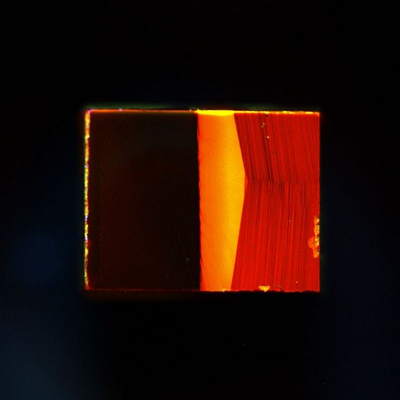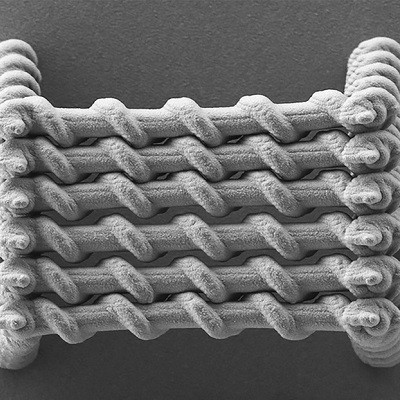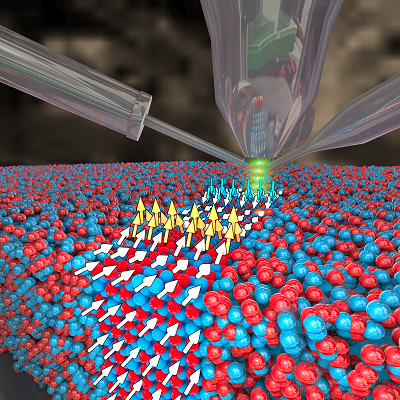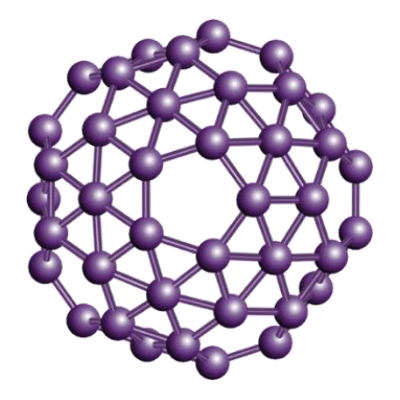Yet, even with these technological breakthroughs, the intricacies of dynamic friction – the force needed to maintain the movement of a molecule – have remained elusive. While scientists could measure static friction by moving a single molecule on a surface, both the measurement and theoretical understanding of dynamic friction have yet to be fully unveiled.
Now, writing in Physical Review Letters and Physical Review B, a collaborative team from Kanazawa University (Japan), the Donostia International Physics Center (Spain), and the University of Regensburg (Germany) report their groundbreaking study that dives deep into this challenge. They meticulously examined the manipulation of a carbon monoxide (CO) molecule on a single-crystal copper surface using an atomic force microscope. Backed by ab initio calculations, their findings shed light on:
– How the CO molecule positions relative to the microscope tip and surface.
– The relationship between the motion of the molecule induced by the tip, energy dissipation, and both static and dynamic friction.
This research stands out for its unequivocal clarity on the friction process. Not only does it provide fresh insights into a long-studied phenomenon, but it also paves the way for future studies on energy dissipation relaxation processes.
Both papers, authored by Norio Okabayashi, Thomas Frederiksen, Alexander Liebig, and Franz J. Giessibl, have been published in 2 October 2023 (11 a.m. EST).
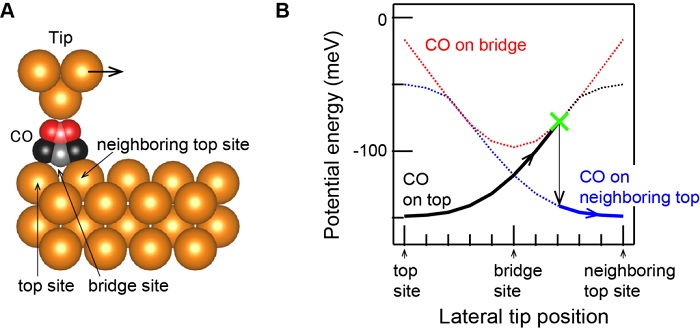
Figure 1: Dynamic friction at an atomic level. (A) Illustration of the CO molecule being manipulated on a copper surface by a metal tip. (B) Changes in the CO molecule’s adsorption states while the tip moves horizontally across the surface. The interaction energies between the tip and CO are represented by different lines: CO on the top site (black curve), on the bridge site (red curve), and on the neighboring top site (blue curve). As the tip progresses, the actual adsorption state of CO follows the solid lines. The transitions between different adsorption sites (green cross) provide key insights into the intricacies of dynamic friction.
Read the original article on Kanazawa University.



